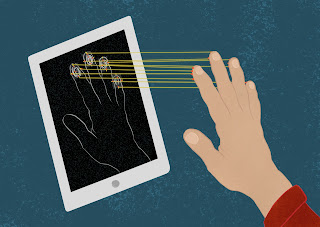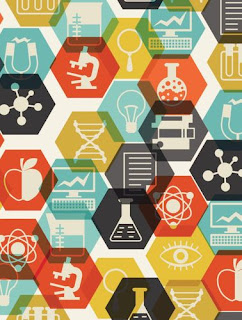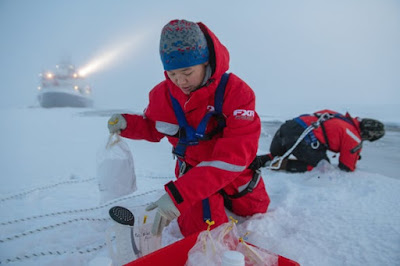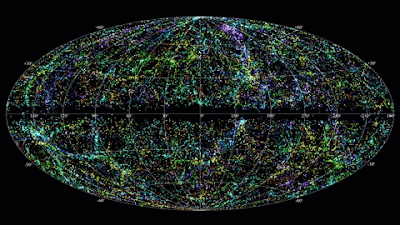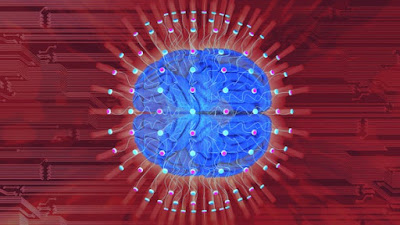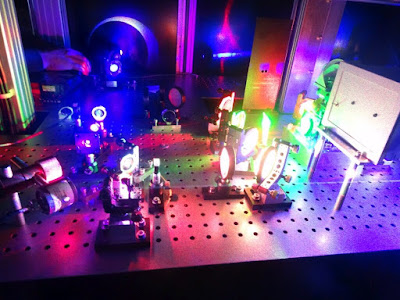Topics: Biology, Chemistry, COVID-19, Nanotechnology, Physics, Research, STEM
As the coronavirus outbreak roils university campuses across the world, early-career scientists are facing several dilemmas. Many are worrying about the survival of cell cultures, laboratory animals, and other projects critical to their career success. And some are reporting feeling unwelcome pressure to report to their laboratories—even if they don’t think it’s a good idea, given that any gathering can increase the risk of spreading the virus.
It’s unclear exactly how common these concerns are, but social media posts reveal numerous graduate students expressing stress and frustration at requests to come to work. “Just emailed adviser to say I am not comfortable breaking self isolation to come to lab this week. They emailed … saying I have to come in. What do I do?” tweeted an anonymous Ph.D. student on 16 March who doesn’t have essential lab work scheduled. “My health & safety should NOT be subject to the whims of 1 person. It should NOT be this scary/hard to stand up for myself.”
Many universities, including Harvard, have moved to shut down all lab activities except for those that are deemed “essential,” such as maintaining costly cell lines, laboratory equipment, live animals, and in some cases, research relating to COVID-19. But others have yet to ban nonessential research entirely.
Amid coronavirus shutdowns, some grad students feel pressure to report to their labs
Michael Price, Science Magazine, AAAS
I feel their pain.
The Scientific Method is very simple in concept:
Problem research - This involves gathering data in the form of previous written papers, published and peer-reviewed; writing notes (for yourself), summaries and reviews.
Hypothesis - This is your question asked from all the research, discussion with your adviser, especially if it's a valid question to ask or research to pursue.
Test the hypothesis - Design of experiment (s) to verify the hypothesis.
Data analysis - Usually with a software package, and a lot of statistical analysis.
Conclusion - Does it support the hypothesis?
- If so, retest several times, to plot an R squared fit of the data, so predictions can be made.
- If not, form another hypothesis and start over.
Often, conclusions are written up for peer review to be considered for journal publication. No one ever gets in on first submission - get used to rejection. Conclusions will be challenged by subject matter experts that may suggest other factors to consider, or another way to phrase something. Eventually, you get published. You can then submit an abstract to present a poster and a talk at a national conference.
Meeting Cancellation
It is with deep regret that we are informing you of the cancellation of the 2020 APS March Meeting in Denver, Colorado. APS leadership has been monitoring the spread of the coronavirus disease (COVID-19) constantly. The decision to cancel was based on the latest scientific data being reported, and the fact that a large number of attendees at this meeting are coming from outside the US, including countries where the CDC upgraded its warning to level 3 as recently as Saturday, February 29.
APS Physics: March.APS/about/coronavirus/
Update on Coronavirus
The health and safety of MRS members, attendees, staff, and community are our top priority. For this reason, we are canceling the 2020 MRS Spring Meeting scheduled for April 13-17, 2020, in Phoenix.
With our volunteers, we are exploring options for rescheduling programming to an upcoming event. We will share more information as soon as it becomes available.
MRS: Materials Research Society/2020-Spring Meeting
Social distancing and "shelter-in-place" slows the scientific enterprise. Science is in-person and worked out with other humans in labs and libraries. However, I am in support of this action and reducing the impact on the healthcare industry that on normal days are dealing with broken bones, gunshot wounds; cancer and childbirth surgeries with anxious, expectant mothers.
The dilemma is the forces that would reject the science behind this pandemic (and most science in any endeavor), would have us all "go back to work" after two weeks. The curve we're trying to flatten could sharply spike. The infection rates would increase and otherwise healthy people would be stricken. Immunodeficient groups would start getting sick again ...dying again. Our infrastructure is not designed for that many sick or dead people. Science continues with our survival and societal stability.
The persons with the solutions might be chomping-at-the-bit at home for now. Survival insures science will continue ...someday.



